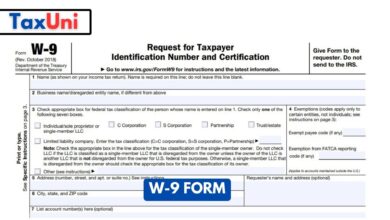Property Depreciation Deduction
Depreciation of property is a tax deduction that can reduce your taxable income. The IRS sets strict rules on which property can be depreciated and how it can be depreciated.

Depreciation is accounting for the value a property loses over time due to wear and tear. The IRS assumes that a rental property will lose value every year (3.6%). Depreciation is often used for large assets like cars, office furniture, and buildings that you rent out for income (both residential and commercial). It can also be applied to intangible assets like patents, copyrights, or software. Depreciation is an important tool for reducing your tax bill and keeping track of your investments. To qualify for a depreciation deduction, an asset must be placed in service and have a determinable useful life. The IRS must predesignate the depreciation period, and may vary based on the property type.
For example, a bathroom sink might qualify for a write-off over five years, while a bakery sink might qualify for a 39-year write-off. Generally, land is not depreciable because it doesn’t wear down or become obsolete. However, you can depreciate the cost of building improvements and certain other expenses related to rental properties. The IRS requires that you use a specific method to calculate depreciation. The two most common methods are the General Depreciation System (GDS) and the Alternative Depreciation System (ADS).

How to Calculate Property Depreciation?
There are several property depreciation methods, including straight-line, double declining balance, accelerated depreciation, and sum-of-the-year’s-digits (SYD) depreciation methods.
- Straight-line depreciation is the most straightforward and simple, and it spreads the total cost of the asset evenly over its useful life. It’s ideal for small businesses that have simple accounting systems and don’t hire an accountant or tax advisor to handle their taxes.
- The double declining balance method is similar to straight-line but allows you to deduct more in the first few years of an asset’s useful life. For example, if you purchase a bouncy castle for your party business, the IRS will allow you to write off $950 of its total value in the first year using this method.
- Accelerated depreciation is the most complex of the four methods, and it’s generally reserved for a long-lived or expensive property. This method involves dividing an asset’s cost by its salvage value and multiplying the result by either 200 percent or 150 percent.
- The sum-of-the-year’s-digits depreciation method allows the depreciation deduction to be calculated by adding up the digits in an asset’s remaining lifespan and multiplying it by the asset’s book value in year one. It is similar to the double-declining method but is more even in its distribution of depreciation.





